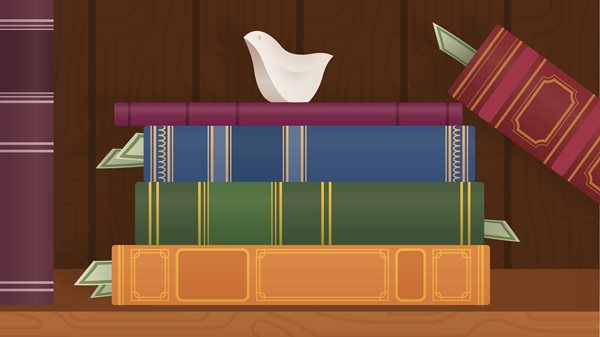Emergency Funds
March 6, 2020
Even if you have a great handle on your finances, unexpected challenges can come along that threaten your financial stability – losing a job, dealing with an injury or illness, or having to help a family member who is in need. If you’re not collecting a paycheck, or if you have large, out-of-the-ordinary costs to cover, that can throw your monthly budget completely off track.
The goal is not to touch the money except in a real emergency. If you have it at the ready when you really need it, ideally it will last long enough to get you back on your financial feet.
To create your emergency fund, multiply your monthly take-home pay times six to find the amount you should ideally save.
It’s usually not practical or possible to create a fully funded emergency fund in one shot. Instead, plan to add to it on a regular basis, in an amount you can reasonably afford, until it reaches your goal value. You might consider adding it as a line item in your monthly budget, just as you do when you put aside a percentage of your income to add to a savings account or your investment portfolio.
If you do have to dip into the fund, it’s important to start building it back up as soon as you have the resources to do so.
The whole point of an emergency fund is that you should be able to get your hands on the money quickly, and without risking losing money by using those funds–which might be the case if you had to sell off stocks or other investment holdings.
A standard savings account makes good sense as a place for your emergency funds. It is a straightforward way to put away money that you can access easily. An added bonus is that a balance in a savings account can reduce or even eliminate charges on your checking account.
The one drawback with a savings account is that it is almost too easy to access. You’ll have to make a commitment to not touch the money except in a true emergency.
Instead, liquid investments, or those that you can turn quickly and easily into cash, can be a good place to park the money that’s in your emergency fund. A combination of relatively short-term certificates of deposit (CDs) and US treasury bills will generally work well.

If you are using CDs as the holding place for your emergency fund, one smart approach is to use a technique known as laddering. Instead of putting a large sum into a single CD with a specific term, you split your principal into three or more CDs that mature in a stepped pattern– perhaps every six months over an 18-month period. Each time a CD matures, you roll it over for another year so the ladder continues. That means that you have a lump sum available every six months if you need the cash, without having to pay any penalties.
Disclaimer
While we hope you find this content useful, it is only intended to serve as a starting point. Your next step is to speak with a qualified, licensed professional who can provide advice tailored to your individual circumstances. Nothing in this article, nor in any associated resources, should be construed as financial or legal advice. Furthermore, while we have made good faith efforts to ensure that the information presented was correct as of the date the content was prepared, we are unable to guarantee that it remains accurate today.
Neither Banzai nor its sponsoring partners make any warranties or representations as to the accuracy, applicability, completeness, or suitability for any particular purpose of the information contained herein. Banzai and its sponsoring partners expressly disclaim any liability arising from the use or misuse of these materials and, by visiting this site, you agree to release Banzai and its sponsoring partners from any such liability. Do not rely upon the information provided in this content when making decisions regarding financial or legal matters without first consulting with a qualified, licensed professional.